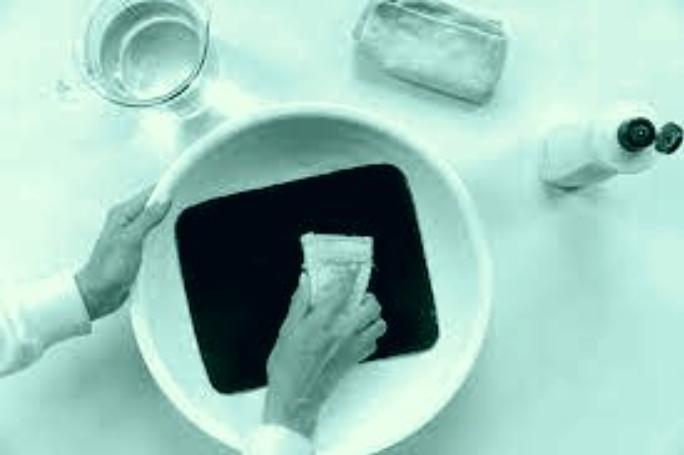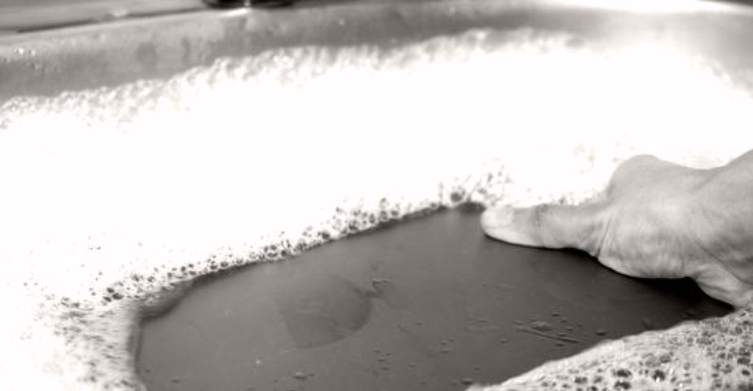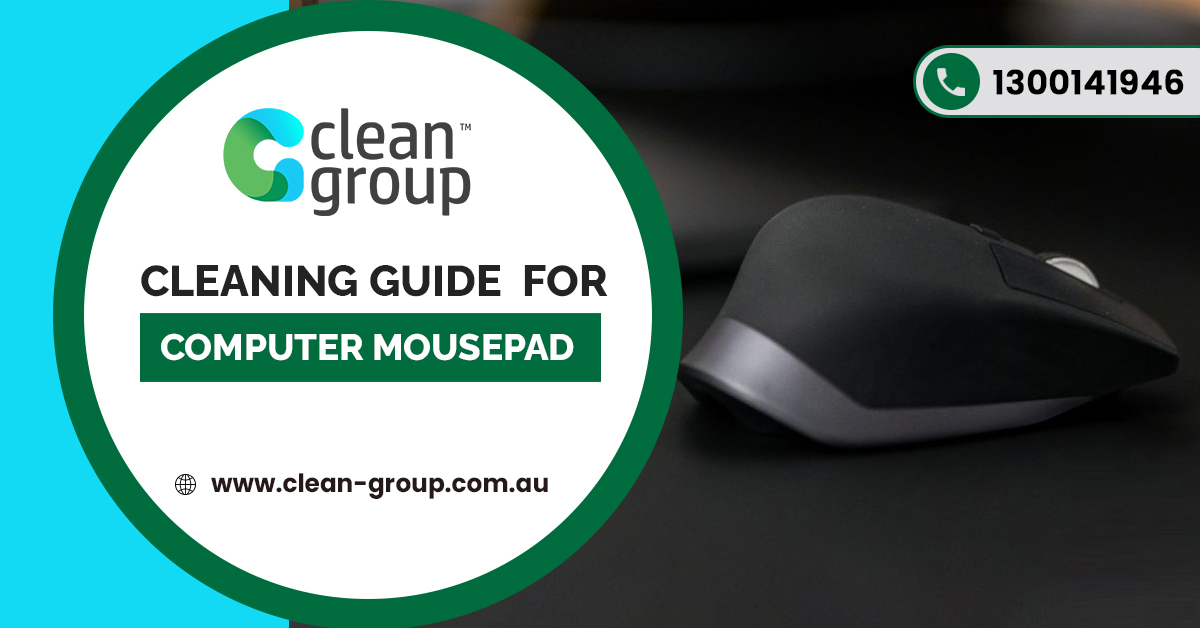The mouse pad is simultaneously one of the most important elements on your desk and one of the most forgettable. When it’s doing its job, you are very likely going to forget it’s even there. However, when it starts getting old or too dirty, it sticks out like a sore thumb.
For the former, it’s a good idea for you to replace it. However, a dirty mouse pad can be clean according to your previous mouse pad. Once done commercial cleaning properly, it feels as good as new. Mouse balls are not as common as they used to be, so dirty pads have less of an effect, but even laser mice can experience restricted movement with certain kinds of build-up.
So, why are you here today? Well, most likely you want to know what’s the best way to clean your mouse pad while preserving it. You wouldn’t want to have the thing disintegrate in the process, would you?
You’ve come to the right place! There is a simple four-step process to getting this done detailed below. Additionally, there are a couple of FAQs tackled too! You probably came here with these same questions on your mind, so it helps to get the answers you want.
Before getting started, you’re going to need a sink, tub, or comparable washing area, a mild soap, a soft sponge or brush, and a thick towel.
Step One

To begin, you want to place your mouse pad in your washing area. It’s fine to tailor it based on the size of the mouse pad. You simply want to be able to comfortably wash the mouse pad in whatever you choose.
So, a sink should be perfectly fine for a smaller one, but you may want a tub if the one you use is on the larger side.
Lightly dampen the mouse pad with a mixture of mild soap and water. You don’t want to completely soak it at this point.
Step Two
Next, you bring your sponge or your brush into the mix. While the whole pad is probably dirty, you are going to notice that some spots are way dirtier than others. Your scrubbing is meant to focus on these.
As you do this, ensure that you are using a circular motion. While you may think that you’re being optimal and covering surface area by using stripes, you end up cleaning things less than optimally, and you probably miss some very important areas.
Please ensure that the brush or sponge that you choose is soft, as rougher, and more heavy-duty products can end up damaging your mousepad’s material. The gentler the item you choose, the more pressure you can apply to the mouse pad without ruining it. Nevertheless, you never want to be too rough with it.
Step Three
At this point, your pad should be moist and layered in suds from your mixture and your scrubbing. Now, you’re going to rinse it with some cold water. For reference, hot water damages most materials that mousepads are made of, so you never want to use it.
If you notice suds or soap remaining after you rinse, then do a second rinsing to get rid of it all. If you have a movable shower head, then using it for your rinsing is a very good idea here.
Step Four
Now, it’s time to remove some of the moisture from your mouse pad. This is where you grab your towel. Gently pat dry the pad. Under no circumstances should you be rubbing the towel’s material across it.
Alternatively, you can rest your towel on a flat surface, put the pad on top of it, fold the edges of the towel over the mouse pad until it’s fully covered, and apply a bit of even pressure to help speed up the drying process.
As you’d expect, you are not going to achieve full drying by doing this, so it’s going to need to be supplemented by an air-drying process. More than likely, you are not going to be able to use it until the next day, but you can attempt to speed things up by giving it greater access to airflow. You can achieve this by putting it near a window or having a fan blow on it.
FAQ
The straightforward process above should adequately outline the process to you, but there are a couple of questions that people often have that supplement this information. Hopefully, these answers are satisfactory if you fall under that category.
Can I Use a Washing Machine to Clean My Mousepad?

Typically, you don’t want to throw your mouse pad in a washing machine, as it may be susceptible to damage. Still, some materials, such as nylon, polyester, acetate, rubber, and polyurethane are washer safe.
However, you still need to take precautions with them, because the washing machine can still cause a bit of damage.
You want to ensure that you use a mild detergent. Hot water is still your enemy, so don’t use it when washing. Use a light cycle to minimize the potential for damage.
Many people would tell you that the process outlined above is unbelievably easy to get through. It takes no time at all, making it seem like a waste to use the washing machine for it, but weigh your options and decide on your own.
How Often Should You Clean Your Mousepad?
Ideally, you want to clean your mouse pad every three or four months. However, depending on where you are and how heavily you use it, the rate at which it gets dirty may see you needing to vary this frequency.
If you can visually see that the pad is accumulating a lot of dirt, then it may be a good idea to clean it. Additionally, if any unexpected events happen that lead to something spilling or contaminating the mouse pad, then clean it immediately.
Final Remarks
That’s all there is to say about keeping your mouse pad clean. The process is straightforward and provided you carry it out enough, you should never have the visual of a filthy mouse pad ruining your desk’s visual.

